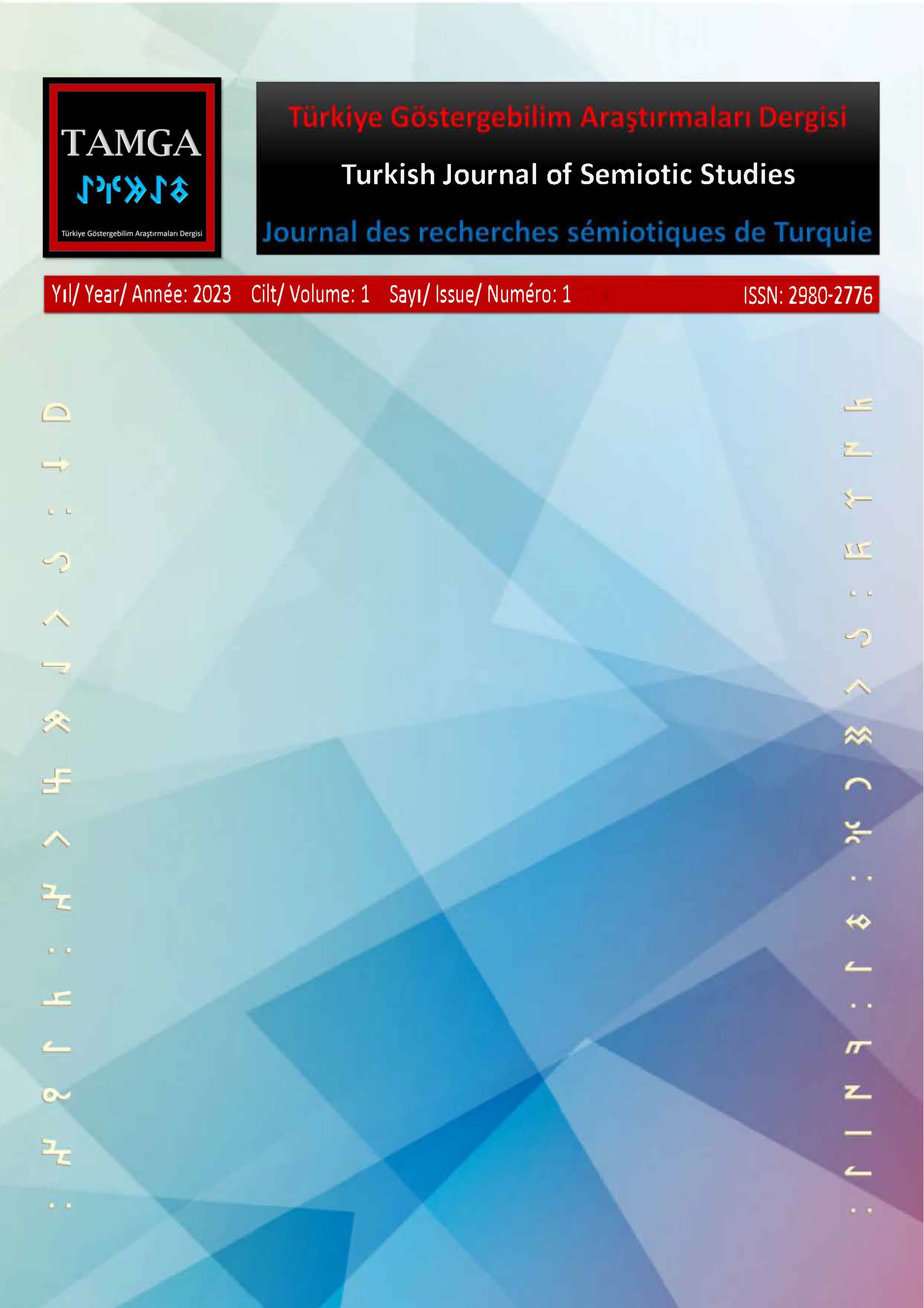Intertextuality as a component of the operatic system of P.I. Tchaikovsky
DOI:
https://doi.org/10.5281/zenodo.8092444Keywords:
Intertextuality, creative method, opera, Tchaikovsky, Bizet, Glinka, M. BakhtinAbstract
The article deals with the problem of intertextual analysis of Tchaikovsky's operas. The author assesses the composer's stylistic system from the point of view of M. Bakhtin, i.e. consideration of the author's style as a complexly organized code which transforms a mass of borrowed components - intertexts - into an original statement. The study is analyzing Tchaikovsky's work on the opera libretto. The book addresses for the first time the problem of the cultural dialogue and various facets of creative intersections of the great 19th century composers Tchaikovsky and Bizet, Tchaikovsky and Glinka. The author uses concrete musical examples to illustrate the numerous intertextual parallels in the works of contemporary composers in the field of symphonism and opera in accordance with the socio-cultural and musical realities of the time. Semiotic approach is used as a research method. The research is oriented on the consideration of a musical work as a sign system, where the musical intertext acts as a language sign, capable of transmitting different meanings. On the basis of the analysis the conclusion is made about the external intertextuality in the work of Tchaikovsky, namely the conscious work according to the model, the conscious inclusion of the intertext in accordance with the programmed idea of the work, the unconscious borrowing of the melodic units from other composers, perceived through the prism of his creative work.
References
Bart, R. (1989). Selected Works. Semiotics. Poetics. Progress.
Bartlett, R. (1999). Tchaikovsky and Wagner: A Reassessment / R. Bartlett // Tchaikovsky and his contemporaries: A Centennial Symposium (A. Mihailovic, Ed.). Westport, Connecticut.
Kristeva, J. (1969). Semiotika: Recherches pour une semanalyse. Média Diffusion.
Larosh, G. (1975). Selected articles. Music.
Newmarch, R. (1914). The Russian Opera. Herbert Jenkins Limited.
Nilova, T. V. (1993). Typology of Stage Situations in Russian Classical Opera (Methodology of Morphological Analysis) [Dissertation].
Piege-Gro, N. (2008). Introduction to the theory of intertextuality (G. K. Kosikov, Ed.). LKI Publishing House.
Rimsky-Korsakov, N. A. (1909). Chronicle of my musical life. Tipografiya Glazunova.
Stein, R. H. (1927). Tschaikowskij / R. H. Stein. Deutsche Verlags-anstalt.
Tchaikovsky, M. (1997). Life of Pyotr Ilyich Tchaikovsky. In 3 volumes (Vol. Volume 2). Algorithm.
Torop, P. K. (1981). Intext problem // Text within text. Proceedings on sign systems (Vol. 14).
Tchaikovsky P. & Taneev S. (1951). Letters. /Comp. Zhdanov V.A. Goscultprosvetizdat.
Tchaikovsky P. (1927). Correspondence with Ippolitov-Ivanov and Zarudnaya-Ivanova. Isscustvo.
Zajaczkowski, H. (2005). An introduction to Tchaikovsky's operas Praeger. Greenwood Publishing.
Downloads
Published
How to Cite
Issue
Section
License
Copyright (c) 2023 Stacy Olive JARVIS

This work is licensed under a Creative Commons Attribution 4.0 International License.



